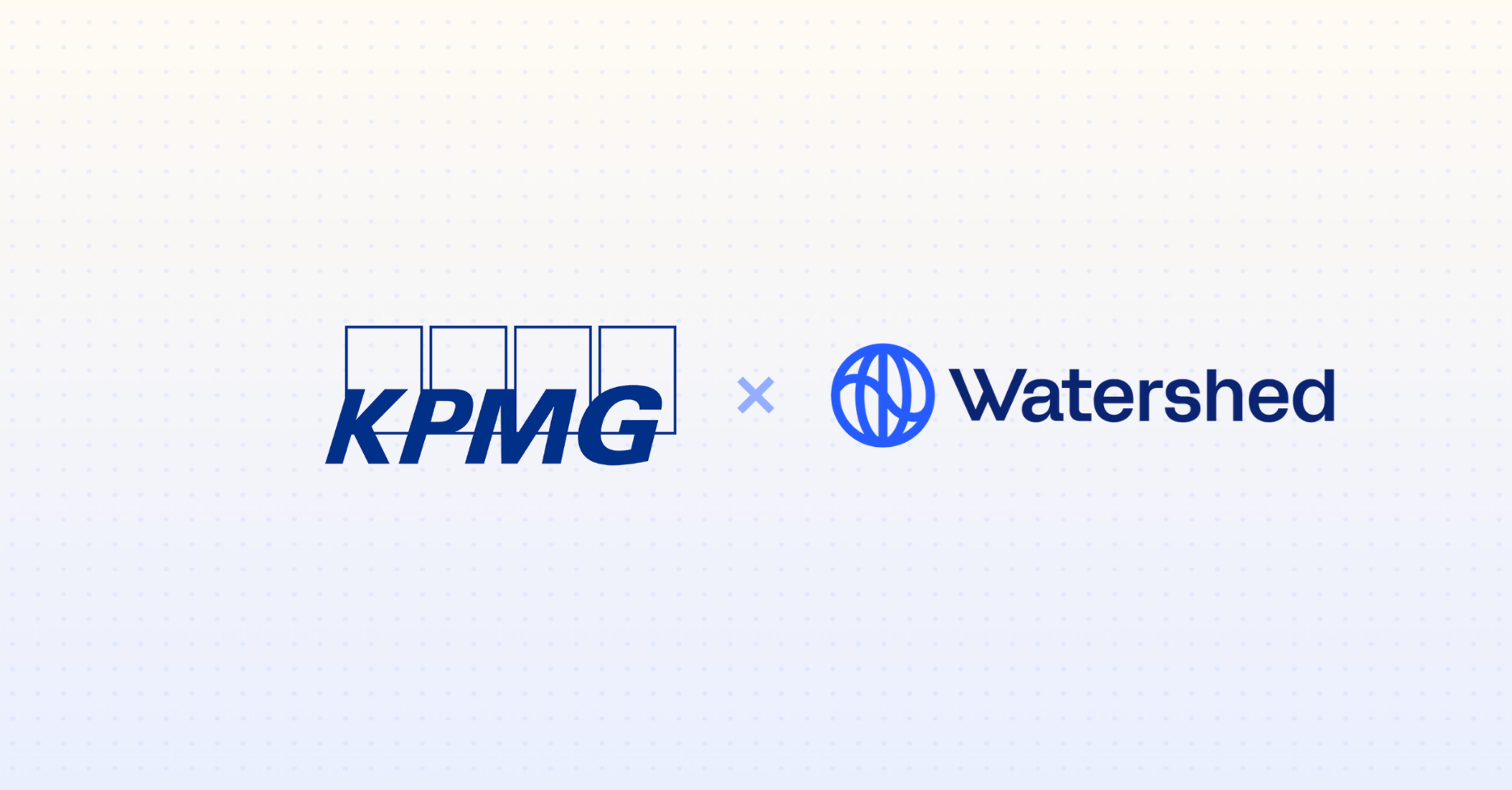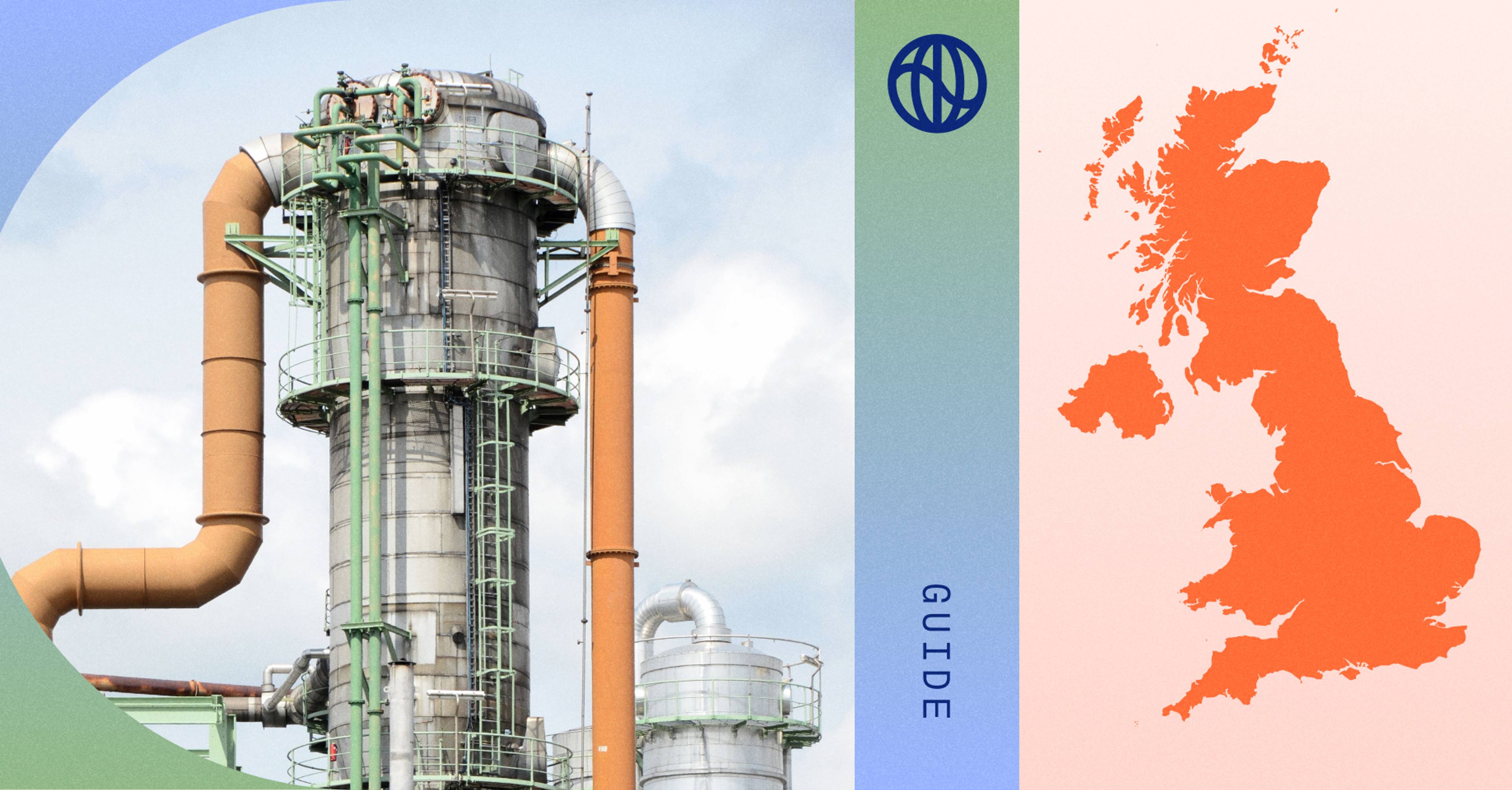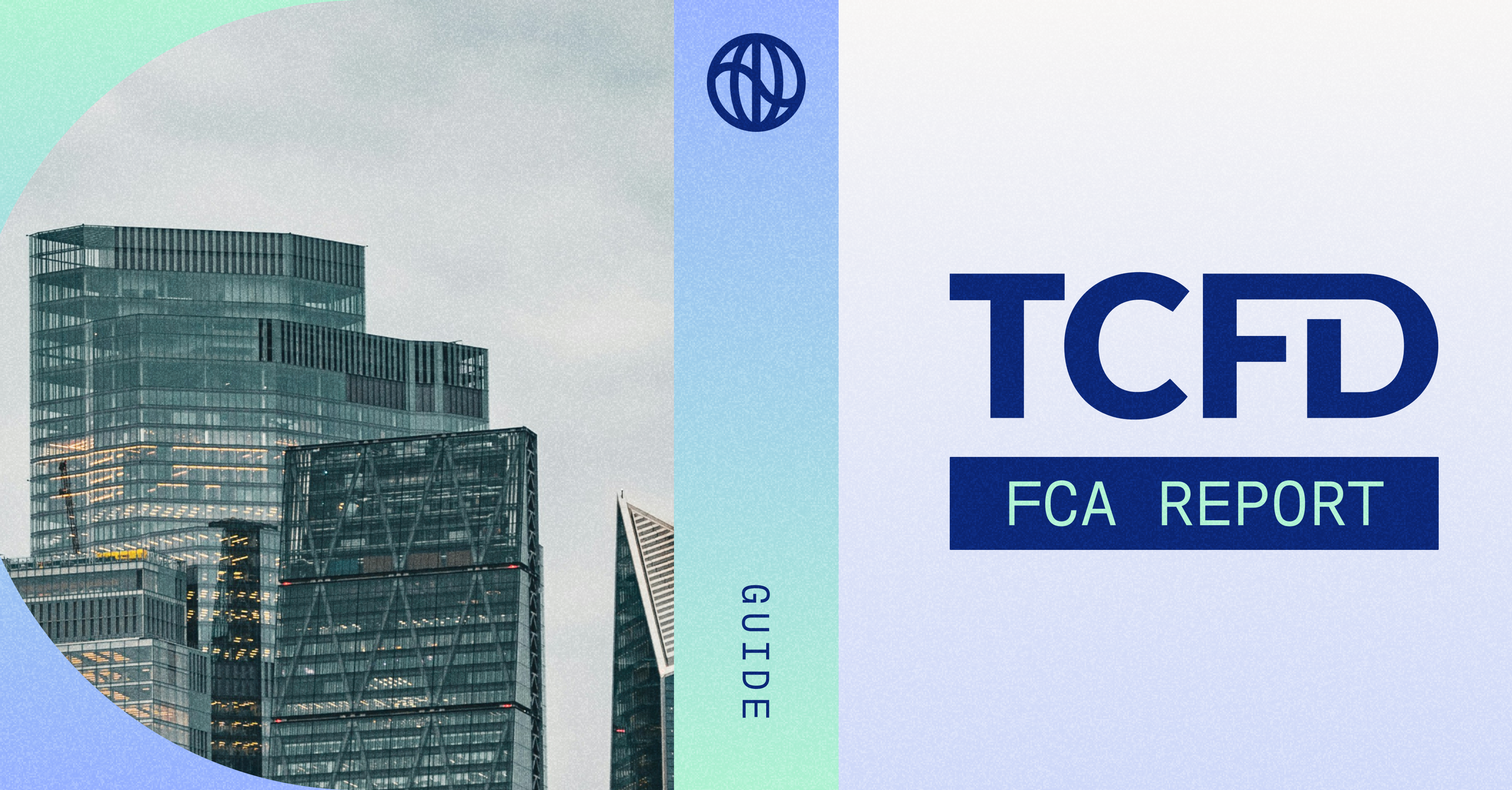The alphabet soup of carbon-reporting acronyms can be intimidating. When it comes to voluntary reporting standards, which drive the most value for your business? And how can you ensure that you’re preparing the most useful data in the most efficient way?
Voluntary reporting can have significant benefits—from increased reputational trust and financial ROI to ensuring you have the right foundation for mandatory disclosures. But most of all it’s about demonstrating to investors, customers, and employees that you’re using your carbon data to drive real emissions reductions across your operations and supply chains.
Watershed helps leading companies—like Airbnb, Stripe, and Okta—measure, report, and take action to reduce their emissions. In this guide we cover what companies need to know about approaching voluntary reporting in a way that’s good for your carbon graph—and for your bottom line.
A note on mandatory disclosures
While our focus here is on voluntary programs, new mandatory requirements are on the rise globally. If you’re a large company or financial firm, you likely have new filing obligations starting in 2023. For those with EU/UK operations, see our 2023 primer. For US filers, we’ve covered the SEC’s latest proposals here (for companies) and here (for investment firms).
TCFD: the world’s voluntary reporting baseline
We’re on the tail end of a wave of acronym consolidation, where the major voluntary standards are all now interpretations of the same underlying framework: the best practices drawn up by the UN-backed Task Force on Climate-related Financial Disclosures (TCFD).
The TCFD framework is a set of 11 disclosure questions that force filers to consider how they’ve integrated climate thinking into their ongoing practices and governance structures—ensuring that their climate programs go beyond PR and superficial goals.
While the major voluntary standards have all produced their own spin on TCFD, preparing for the climate section of each generally means pulling the same data and asking the same questions as for the others—with each just asking for additional detail in one area or another.
Other common voluntary reporting frameworks
There are a handful of important reporting standards, some of which interact with and inform others.
| Framework | Why file |
|---|---|
| CDP: a clearinghouse for vetting and aggregating climate disclosures, now covering 2/3 of global market cap | It reassures stakeholders that your disclosures conform to best practices, and it enables a global view of climate progress. |
| GRI: a broad ESG disclosures standard that covers climate as one key category, with a focus on how each organisation is affecting the economy / society at large | Many boards and investors view GRI filings as a core piece of good governance. |
| SASB: A sector-specific complement to GRI that focuses more on disclosing financially-material information that’s likely to impact an organization’s performance | Many investors and analysts use SASB data to gauge sustainability risks, where good disclosures can allay fears and boost confidence that risks are being managed |
ISSB: the coming standard to rule them all
The final act of consolidation is coming from the Internal Financial Reporting Standards Foundation (IFRS)—the nonprofit responsible for global accounting standards. IFRS was tasked at the COP26 UN climate summit with developing a standard that would be globally consistent, complete, comparable, and verifiable.
The resulting IFRS taskforce—the International Sustainability Standards Board (ISSB)—is expected to release the first set of drafts in early 2023. While it will ultimately cover a broader set of sustainability-based categories, its climate section has been built with TCFD in mind to help filers easily adapt the data and processes they already have in place.
ISSB’s work is also collaborative—with heavy input from TCFD, GRI, SASB, and national and regional governments—with a goal of aligning overlapping questions as closely as possible. While each voluntary or mandatory reporting standard has its own focus and set of additional considerations, climate-related disclosures will be increasingly similar.
Getting started with voluntary reporting
While smaller companies may not be ready yet for broader and more consuming programs like GRI and SASB, we recommend starting with CDP submissions (due annually). Their disclosures are narrower, but still ensure your organization is embedding climate thinking at every level. It’s also the least resource-intensive: Watershed’s software allows companies to export their carbon data in CDP-ready formatting with a single click, to make filing as painless as possible.
Regardless of which program(s) you decide to go with, it’s crucial that you create the right foundation for effective reporting:
- Use TCFD’s core questions to audit where your organization needs to improve at incorporating climate thinking—be that risk management, governance, etc.
- Make sure you’re measuring the right things—including emissions from your supply chain and often-overlooked business activities like marketing and legal spend
- Consider internal and external pressures. What are your peers doing? What do your investors, consumers, or employees expect? Transparently sharing your carbon data through voluntary reports is critical to reaping the benefits and staying competitive.
To learn more about how Watershed can help you build a reporting strategy—and complete reports in an efficient way—please get in touch.












